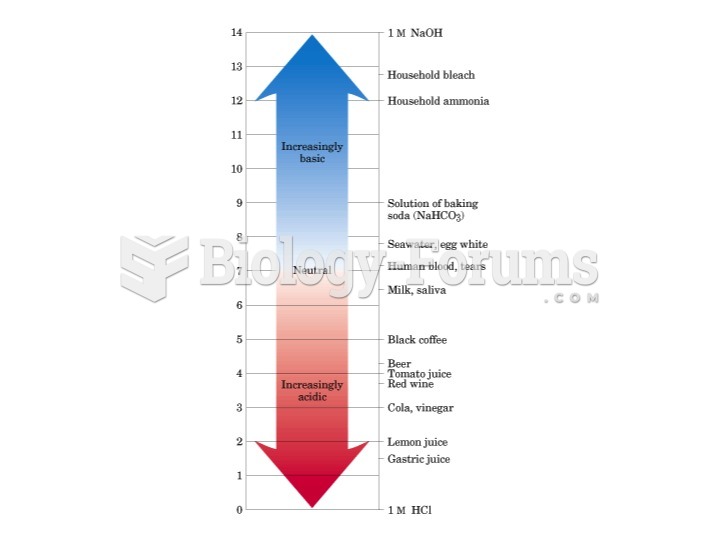Answer to Question 1
Astronomers describe the brightness of stars using the magnitude scale, a system that first appeared in the writings of the astronomer Claudius Ptolemy about the year 140 . Those early astronomers divided the stars into six classes. The brightest stars were called first-magnitude stars and the next brightest set, second-magnitude stars. The scale continued downward to sixth-magnitude stars, the faintest visible to the human eye. Thus, the larger the magnitude number, the fainter the star. This might make sense if you think of the brightest stars as first-class stars and the faintest visible stars as sixth-class stars. Ancient astronomers could only estimate magnitudes by eye, but modern astronomers can use scientific instruments to measure the brightness of stars to high precision; so they have carefully redefined the magnitude scale. These numbers are known as apparent visual magnitudes (mV) because they describe how the stars look to human eyes observing from Earth.
Student should give some comparative values of star magnitudes. (see Figure 2-6)
Answer to Question 2
Because Earth's axis of rotation is inclined 23.4 degrees, the Sun moves into the northern sky in the spring and into the southern sky in the fall. This is what causes the cycle of seasons. The vernal equinox, the summer solstice, the autumnal equinox, and the winter solstice mark the beginnings of the seasons.
2
Both of Earth's hemispheres go through cycles of seasons because of changes in the amount of solar energy they receive at different times of the year. During the spring and summer months, the Northern Hemisphere receives direct sunlight and longer daytime hours resulting in warmer weather; whereas, the Southern Hemisphere receives indirect (angled) sunlight and shorter daytime hours resulting in cooler weather. The opposite is true during the fall and winter months where the Southern Hemisphere receives direct sunlight and longer daytime hours. Global atmospheric circulation patterns keep the Northern and Southern Hemispheres mostly isolated from each other, and they exchange little heat.







